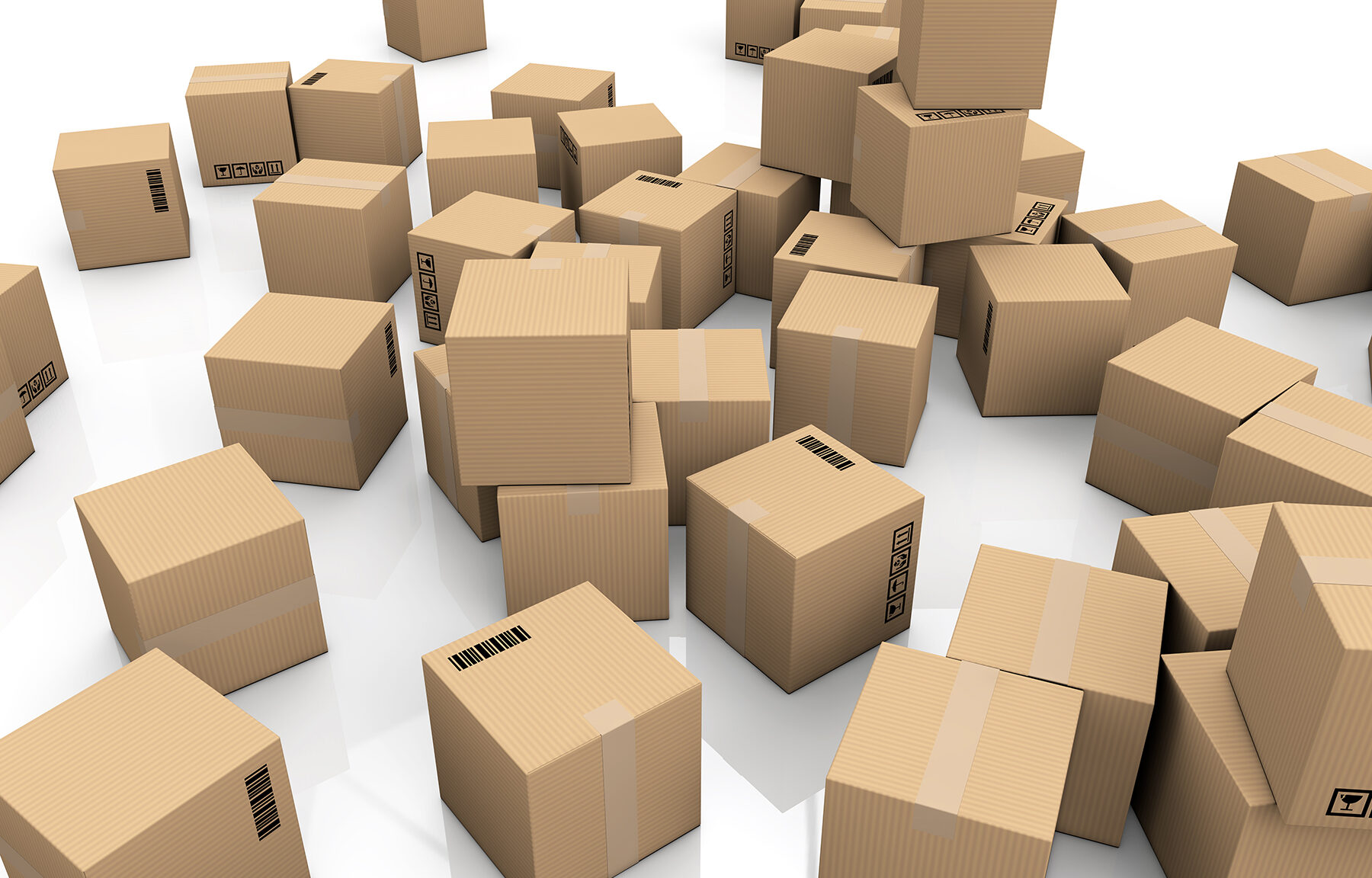Corrugated cardboard is currently the world’s most used material for transport packaging and the most common type of packaging material. As a material, it also offers almost unlimited possibilities to produce packaging with different properties and shapes. Even though corrugated cardboard is used so frequently, it – and packaging material in general – has not historically been regarded as an interesting area of discussion. We talked to Gunilla Jönson, Professor Emerita in Packaging Logistics, who maintains the exact opposite: “Packaging is exciting!”
Interest in packaging and the understanding of its importance are growing, and the topic is now being discussed in a completely new way. Why?
“Packaging became more interesting to consumers as a consequence of the food waste debate during the past decade. It was then that the connection between the shelf life of food and how it was packaged first received attention in the media. The widespread discussion regarding recycling has also led to greater consumer awareness about the importance of packaging. From a logistics point of view, however, the subject of packaging has been an important issue for a long time. As early as the 1960s, representatives of the food industry joined forces to achieve standardisation of the size of store packaging and to adapt it to the pallets used for distribution, thereby facilitating the handling process.”
How does the growing e-commerce trend affect the approach to packaging?
“When e-commerce was new, only a limited number of standard corrugated cardboard boxes were used to send products. The size of the packaging was not adapted to the specific product, which meant that excessively large boxes were being used to send products that were significantly smaller. As the years have passed, however, insights into packaging have changed, with the growing realisation that the handling and management process must be made as efficient as possible.
Historically, and even to this day, here in Sweden we have been good at actively seeking measures to streamline the handling process as the quantity of packages being sent has increased. The major digital marketplaces, such as Amazon, for example, are now developing systems to determine the optimum volume of packaging for an ordered product, to ensure that the wrong size of packaging is not used. And the packaging manufacturers have also been responsive to the increasing volume of packages in circulation. They now offer a significantly larger number of alternatives, and the design of the packaging is becoming increasingly sophisticated.”
What role will corrugated cardboard play in the packaging of the future?
“I’m convinced that corrugated cardboard is a packaging material for the future. A typical consumer is not normally aware of the work being undertaken by the paper manufacturers to develop the material – but this development work is very advanced. Now, for example, we can manufacture packaging using significantly less material; today’s corrugated cardboard is much thinner than its predecessors, yet still very strong. Corrugated cardboard is an incredibly intelligent material that can be adapted for use with more or less any product.
Just a small amount of material is needed to produce packaging that is extremely strong. I find it hard to believe that we will find another material that is better than corrugated cardboard. Not least because we already have very well-established return cycles that enable the material to be recycled and reused. In other words, the future looks bright for corrugated cardboard, and it is likely to continue to be in great demand.”
How will the increasing quantity of corrugated cardboard material affect how we manage it as waste?
“To a large extent, the stores will continue to manage their corrugated cardboard material as they have done in the past, as there are already well-established, efficient systems in place, with equipment such as compactors and balers. A key issue, of course, is what the stores will look like in the future. But in all likelihood, it is the larger flows taking place outside of the store premises that will be in focus. The large-scale logistics centers that are being built to keep pace with the growth of e-commerce also have ready-made systems for the management of packaging material.
The big question in relation to this issue revolves around the consumers, and I’m sure that many of the large property/housing companies are currently taking a closer look at solutions for the management of corrugated cardboard material immediately adjacent to where people live. At the end of the day, a lot depends on the size of the property or the association. The packaging must be compacted in a correct manner, to ensure that the waste management costs don’t get too high. That is why there must be a number of different alternatives available, with the aim of simplifying the management of packaging waste so that it also becomes cost-effective.”
What is the greatest challenge within packaging logistics at the moment?
“At present, the way we manage packaging material works well. But as e-commerce continues to grow, the established methods will come under increasing pressure. In the past, the systems have been relatively simple, and the distribution process has been based on only a few large channels. Now we are seeing the development of hybrids and the addition of complementary channels, with other types of delivery methods. As a consequence, the management process is becoming increasingly fragmented – the products are being delivered in many different ways, through many different suppliers.
The challenge is therefore to get all the different components to work as a single system – or at least in defined flows. Ultimately, it is the consumers who need to take greater responsibility for the packaging waste. To achieve this, more information and the right conditions for the sorting of waste are needed. There will also need to be collaborations, between companies, that promote a circular economy.”






